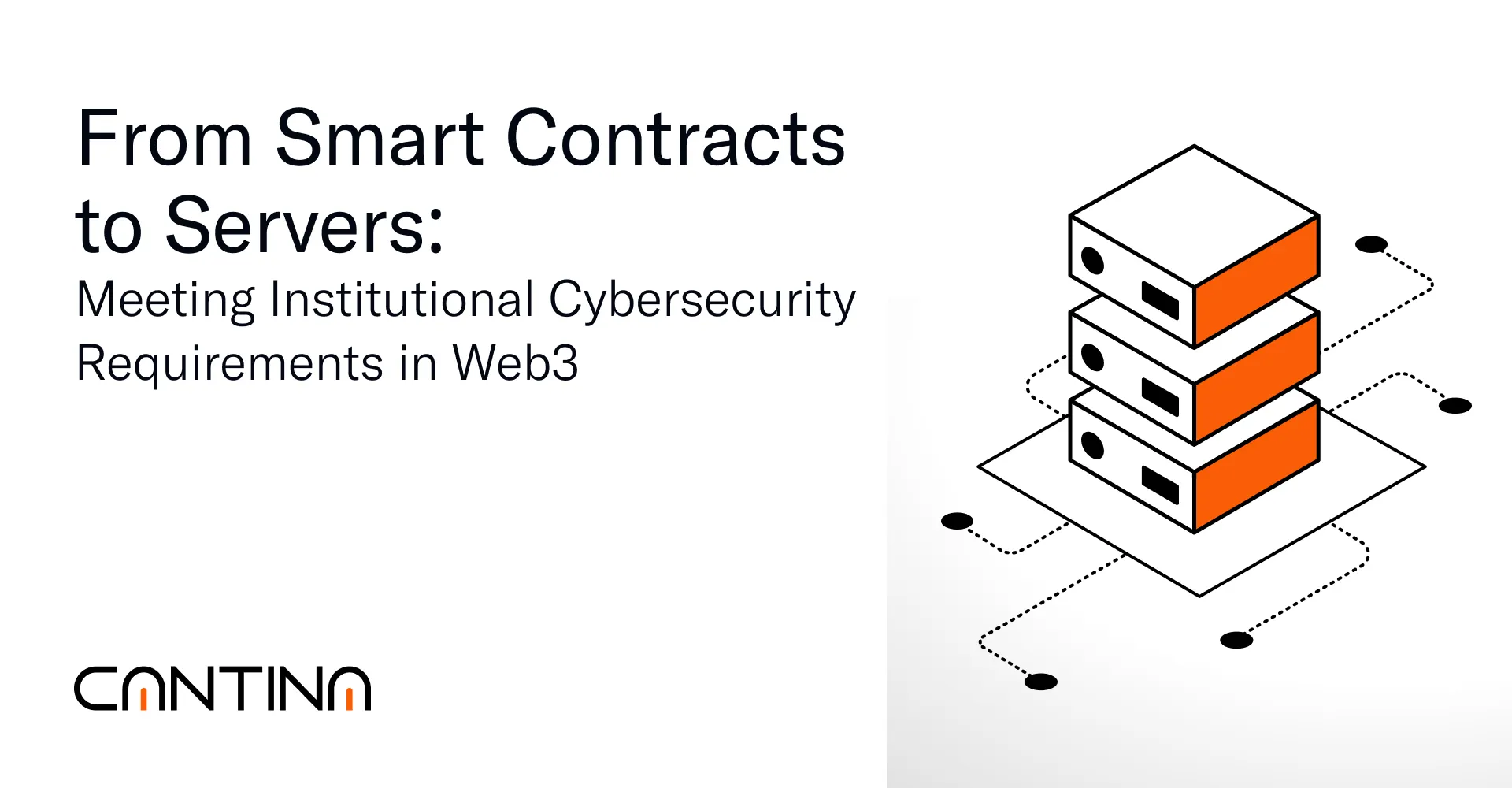India’s new regulatory directive requiring all crypto platforms to meet bank-level cybersecurity standards marks a clear inflection point. The regulation mandates standardized penetration testing, third-party audits, and defined incident response capabilities for any platform handling digital assets.
The implications extend far beyond a single jurisdiction. This move signals the global convergence between crypto operations and financial-grade infrastructure expectations.
This represents a broader realignment of what regulators, institutions, and counterparties now consider foundational security.
Security Expectations Are Now Operational
Most protocols focus on contract-level correctness. But regulators are increasingly concerned with the full infrastructure stack. A protocol that performs flawlessly on-chain but fails to secure its key custody systems, off-chain APIs, monitoring tools, or internal controls will not meet institutional requirements.
New standards require that security extend into:
- Infrastructure orchestration
- Continuous monitoring and telemetry
- Access control and authentication
- Incident detection and response workflow
- Third-party dependency management
- Post-incident transparency
This level of operational maturity is now becoming a prerequisite, not a differentiator.
Core Pillars of Financial-Grade Cybersecurity in Web3
To meet rising global standards, organizations should align security planning and infrastructure operations around the following core areas:
1. Threat Modeling Across the Entire Stack
Security reviews must evaluate how components interact, not just how contracts are written. A secure protocol must account for its execution environment, key management processes, telemetry systems, and cloud infrastructure.
Recommended practice:
- Perform structured threat modeling exercises per release
- Include cross-domain scenarios: access compromise, monitoring bypass, RPC hijack
- Assess fallback and mitigation pathways for each identified vector
2. Infrastructure Penetration Testing
Cloud, deployment pipelines, and off-chain services must undergo independent penetration testing. Regulators increasingly view this as standard for any system exposed to internet traffic or responsible for asset movement.
Recommended practice:
- Schedule third-party penetration tests bi-annually
- Include staging and production environments
- Document findings, remediation steps, and revalidation process
3. Managed Detection and Response + Escalation Playbooks
Protocols without documented incident workflows are unprepared. The standard now includes defined triggers for escalation, internal communication trees, and customer notification procedures.
Recommended practice:
- Define internal severity levels with matching containment procedures
- Assign clear ownership roles across engineering, operations, and legal
- Establish audit-traceable communication logs and timelines
- Rehearse through tabletop simulations at least twice annually
4. Continuous Audit and Monitoring
Real-time anomaly detection, log retention, and behavioral analytics are considered essential. This is no longer limited to centralized exchanges or custodians. Any platform holding user funds, directly or via contracts, falls under these expectations.
Recommended practice:
- Integrate anomaly detection at RPC, API, and transaction layers
- Establish log immutability and cross-region redundancy
- Implement dashboarding for operational, financial, and security telemetry
- Maintain access logs and privilege usage records with rotation alerts
5. Third-Party Risk Assessment
Security failures rarely originate from core protocol logic. More often, they emerge from external integrations, dependency libraries, service providers, or tooling infrastructure.
Recommended practice:
- Maintain an up-to-date registry of third-party services with security posture review
- Require security attestations or shared incident response plans from providers
- Monitor library versions and perform automated dependency scanning
- Vet contracts interacting with oracles, bridges, and relayers through layered review
Regulatory Compliance as Strategic Maturity
India’s directive reflects a broader trend. Compliance frameworks are shifting from narrow KYC enforcement to holistic operational scrutiny. Protocols are not exempt. Wallet providers, DeFi frontends, custodians, and exchanges must now demonstrate the same level of internal control as financial infrastructure providers.
Organizations that invest in these controls early unlock faster onboarding, lower insurance premiums, and greater confidence from institutional allocators. Those that defer this investment remain vulnerable, operationally and reputationally.
Cantina’s Approach
Cantina supports organizations with infrastructure-aware security reviews that go beyond static code scanning. Our teams assess:
- Protocol integrity
- Deployment infrastructure
- Access and key control
- Monitoring configuration
- Threat modeling strategy
- Incident readiness
Whether through managed reviews, custom assessments, or high-signal competitions, we equip organizations to meet the expectations regulators are now codifying.
Security is no longer limited to contract correctness. It is a function of how your system behaves under stress, adapts to failure, and proves accountability when it matters most.
Connect with Cantina to learn how we help protocols operationalize security at the infrastructure level.




